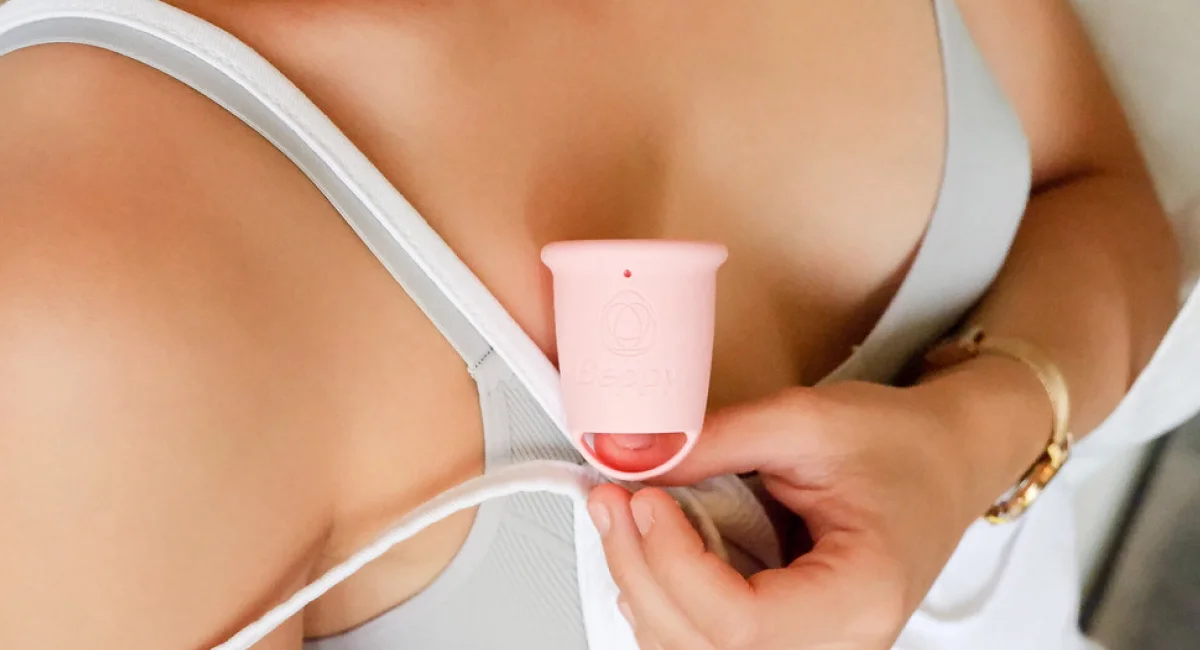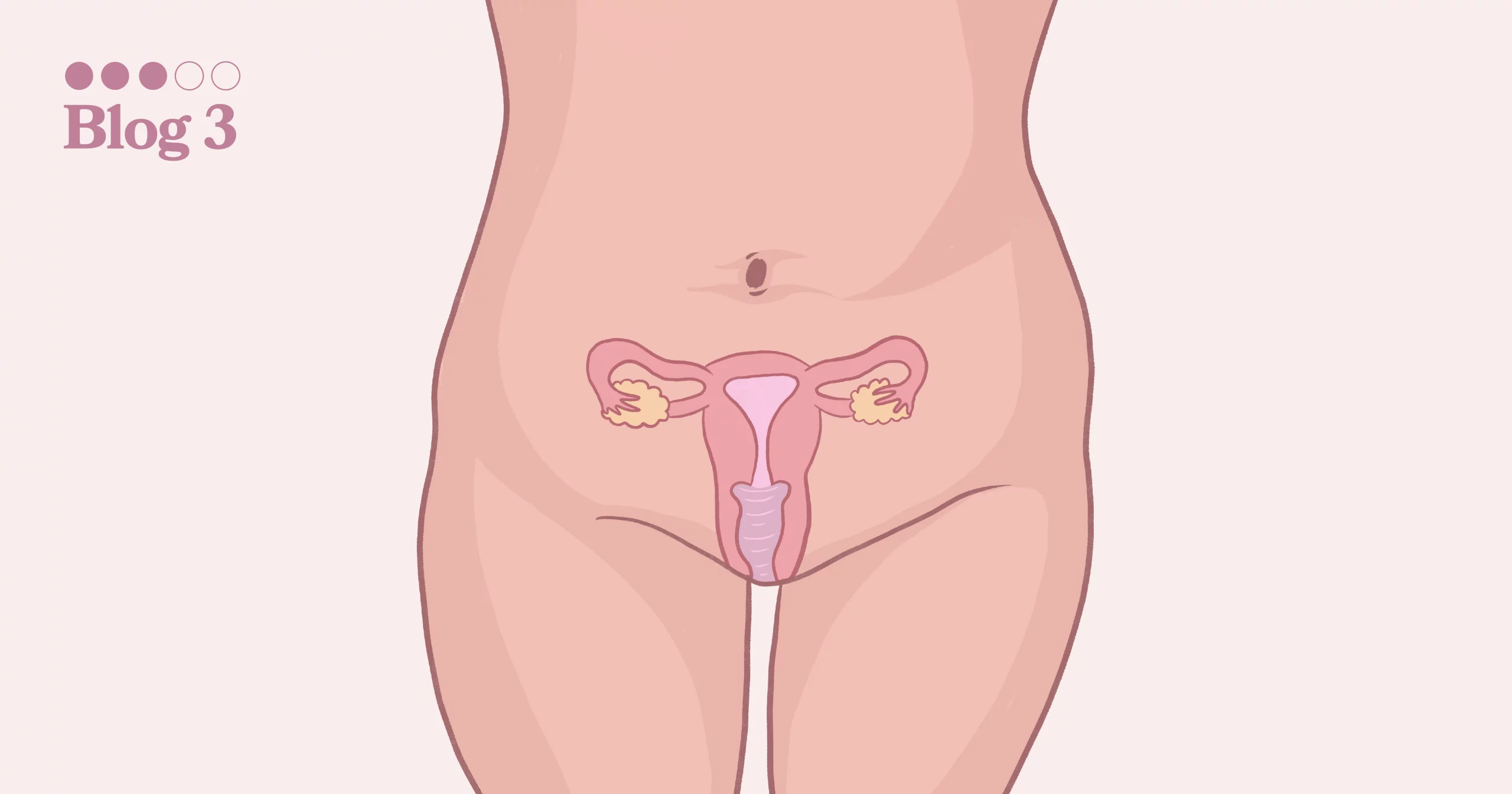
- Ontvang een gratis cadeau bij bestellingen vanaf €30
- Klanten beoordelen ons gemiddeld met een 4,6 / 5 (882 beoordelingen)

It’s a common mistake: the terms “vagina” and “vulva” are often mixed up. Time to clear up this confusion! Although both terms are often used as synonyms, they refer to different parts of the female reproductive system, each with their own unique functions. In this article, we dive deeper into the anatomy of the pelvic floor, why it is important to take good care of the external genitalia, and how knowledge about our bodies is essential to our health as women.
What do you know about the anatomy vulva and vagina? For example, do you know where your urethra is located? You’d be surprised how many women don’t know that the urethra is completely separate from the vagina. Let’s clarify this:
The vulva
This is the external part of the female genitalia and includes everything you can see and touch. The vulva consists of several parts:
The vagina
This is the internal part and consists of the following features:
The functions of the vagina
Understanding the anatomy vulva, vagina and pelvic floor is an essential part of your health as a woman. When you have an understanding of how your body functions, you gain the ability to recognize problems early. These can range from prolapse and urinary incontinence to vaginal infections, so you can seek appropriate help in a timely manner.
If, after getting to know yourself, you notice abnormalities in your vulva or vagina, seek help. Through the Evie Health app, you can easily schedule a pelvic evaluation with female health physical therapists around the world and begin improving your pelvic floor health. It is also valuable to know that Ser Pélvica focuses on promoting pelvic health, with specific attention to the anatomy vulva and vagina. Your body will thank you! Do you have any questions for us? Feel free to ask them, contact us!
Get the latest news on menstrual freedom straight to your inbox!
HQ Beppy, Netherlands
Signalman 1-3
3034 KH Rotterdam
[email protected]
+31 (0)10 467 65 73 (9.00 – 17.00)
Chamber of Commerce: 24123466
Beppy, Belgium
9A Countess Elisabethlaan, P.O. Box 77
2320 Hoogstraten
[email protected]
+32 (0)78 158 349 (9.00 – 17.00)





